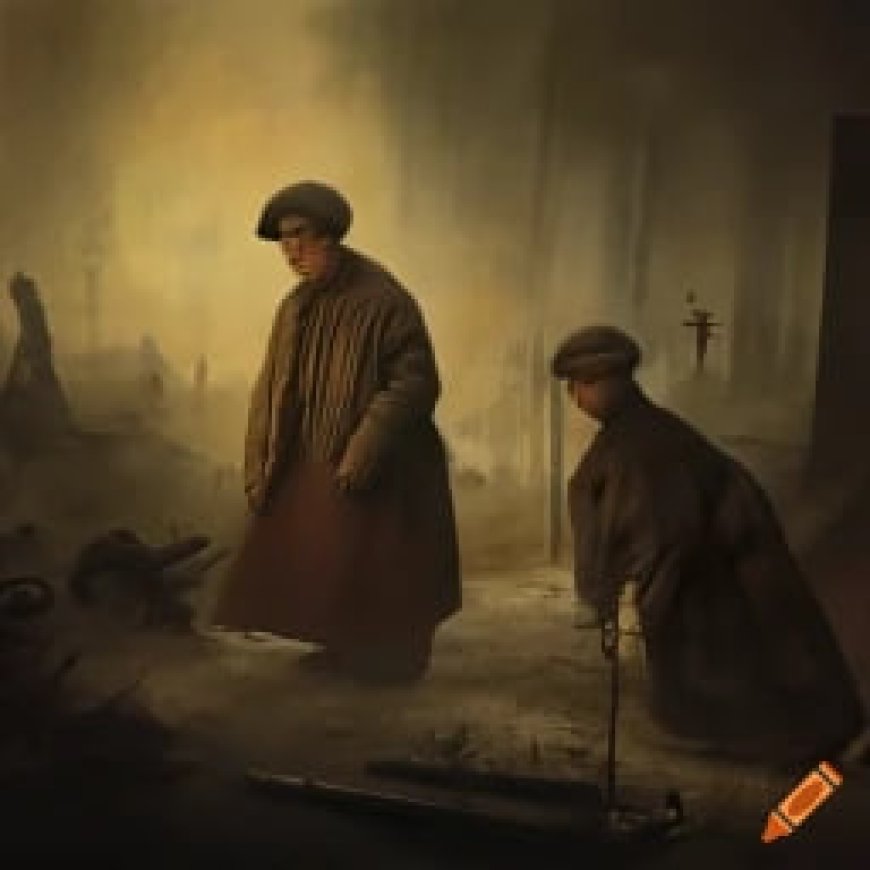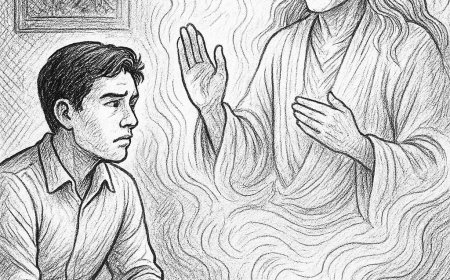The Fall of the White Throne: The Tragedy of the Romanov Dynasty in the Abyss of Revolution
In early 1917, the Russian Revolution erupted, triggering political and social chaos throughout the country. Tsar Nicholas II abdicated as a result of pressure from various quarters, including popular protests and defections from the military. After abdicating, Tsar Nicholas II and his family were exiled and placed in various locations, including Tobolsk and later in the House of Special Purpose in Yekaterinburg.

The tragedy of the Romanov Dynasty in 1918 marked the end of the dominance and power of the Romanov Dynasty in Russia. The Romanov Dynasty ruled Russia for almost three centuries, from Tsar Mikhail Romanov in 1613 to Tsar Nicholas II in the early 20th century.
In early 1917, the Russian Revolution erupted, triggering political and social chaos throughout the country. Tsar Nicholas II abdicated as a result of pressure from various quarters, including popular protests and defections from the military. After abdicating, Tsar Nicholas II and his family were exiled and placed in various locations, including Tobolsk and later in the House of Special Purpose in Yekaterinburg.
However, the situation worsened as the Bolsheviks, led by Vladimir Lenin, seized power and initiated the Russian Civil War against the anti-Bolshevik group known as the Whites. In 1918, during the war, the exiled Romanov family, including Tsar Nicholas II, Tsarina Alexandra, and their children, was taken over by the Bolsheviks.
On July 17, 1918, in the middle of the night, the Romanov family was executed by Bolshevik forces in the house they occupied in Yekaterinburg. The execution involved gunfire by the execution squad. This tragedy resulted in the deaths of Tsar Nicholas II, Tsarina Alexandra, and all five of their children, including the historically renowned Anastasia.
The execution of the Romanov family became a symbol of the end of the monarchy era in Russia and the full takeover of power by the Bolshevik regime. The death of the Romanov family also marked the end of more than three centuries of the Romanov Dynasty's rule in Russia.
The tragedy of the Romanov Dynasty in 1918 includes several aspects that deepen the understanding of the context and impact of these events:
1. Context of the Russian Revolution
The tragedy of the Romanov Dynasty occurred within the context of the 1917 Russian Revolution. This revolution was triggered by the dissatisfaction of the people with the poor social, political, and economic conditions under the rule of Tsar Nicholas II. The culmination of the revolution involved the abdication of the Tsar and the formation of a new government under Bolshevik leadership.
2. Rescue of the Romanov Family
As the civil war unfolded, the exiled Romanov family moved from place to place to evade pursuit by White forces seeking to liberate them. However, they were eventually captured by Bolshevik forces in Yekaterinburg.
3. Place of Detention and Execution
The Romanov family was initially held at the Ipatiev House in Yekaterinburg and later transferred to the House of Special Purpose. On the night of the execution, they were directed to the basement of the house and shot by the executioners sent by the Bolshevik government.
4. Identification of Remains
Post-execution, the remains of the Romanov family were taken to a forest near Yekaterinburg and buried in a mass grave. These remains were not fully identified until several decades later. The most notable identification was the discovery of the remains of Anastasia and Alexei in 2007, previously believed to be lost.
5. Canonization and Official Burial
The Russian Orthodox Church canonized Tsar Nicholas II, Tsarina Alexandra, and their children as martyrs in 2000. An official burial took place in St. Petersburg the same year, marking the church's official recognition of their martyr status.
6. Legacy and Further Studies
The tragedy of the Romanov Dynasty has been the subject of various studies in history, sociology, and psychology. Some scholars argue that the execution of the Romanov family represents the end of one era and the beginning of a new era in Russian history, marked by the establishment of the Soviet Union and the suppression of political and religious diversity.
The tragedy of the Romanov Dynasty remains one of the most tragic and symbolic events in Russian history, reflecting profound changes during the Russian Revolution and the transition to a new Soviet era.
(source: chatgpt)
What's Your Reaction?























































